Relics in Hong Kong
Hong Kong’s multiculturalism has brought diverse relics to the city. The relic, located in different parts of the city, have their own stories and are treated differently by the government and the citizens. This article chooses three representative relics to represent three kinds of development state of relics, namely: Nam Koo Terrace (maintained) , St. Luke’s College (blocked) and Ya Cai Keng Village (abandoned)
(Source: 香港廢墟導賞)
St. Luke's College
The History of St. Luke’s College
Hong Kong’s education system was deeply influenced at the British colonial period. Hong Kong society advocates English and English teaching. As a result, the 1970s and 1980s saw the emergence of many private schools in Hong Kong that touted the teaching of English. St. Luke’s College is a typical product.
St. Luke’s college opened in the 1950s and ended in the 1980s. According to the Guide to the Relics of Hong Kong, private schools at the time often used similar names to appeal to students and parents, such as “Chinese and English schools” or “holy names”. St. Luke’s collegeis not a real saint in itself, but a name that caters to Hong Kong people’s preference for religious schools.
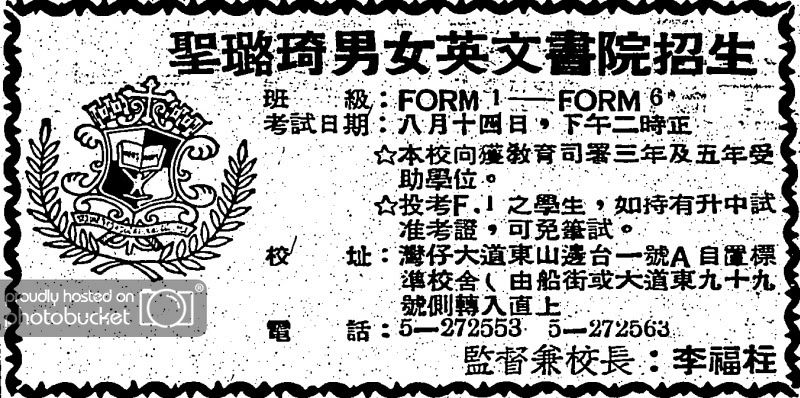
After the British colonial period, Hong Kong’s teaching resources and the government’s education policy have changed a lot. This also changed education choice of students and parents. As a result, private schools like St. Luke’s college were gradually closed.
What Happened After St. Luke’s Was Abandoned?



There are different stories about St. Luke’s College after it was abandoned. Some say a couple owned it but were later killed during the Japanese invasion. It is also said to be a “comfort zone” during the same period. Various version of stories make St. Luke’s college a ghost house.
This place is now privately owned. It has been blocked since 2014 and has not been rebuilt. In recent years, the place has become increasingly occupied by cats. Now we can see a lot of cat litter made of umbrellas and plastic boxes there, as well as many neatly stacked lunch boxes. A woman who gave her name as Apple said she had placed the items and had been taking three subway lines every day to feed the cats for 12 years. She said the cats here are abandoned cats, very afraid of people, but helped catch a lot of mice.
St. Luke’s 2014 VS St. Luke’s 2019
Adventures happens here all the time and brings out more and more ghost stories. Some claimed to have seen lights here at mid-night. Residents in the surrounding area are also worried. They place various Buddhas outside St. Luke’s College in the hope of finding peace.

Nam Koo Terrace
Hong Kong‘s Most Intriguing Property
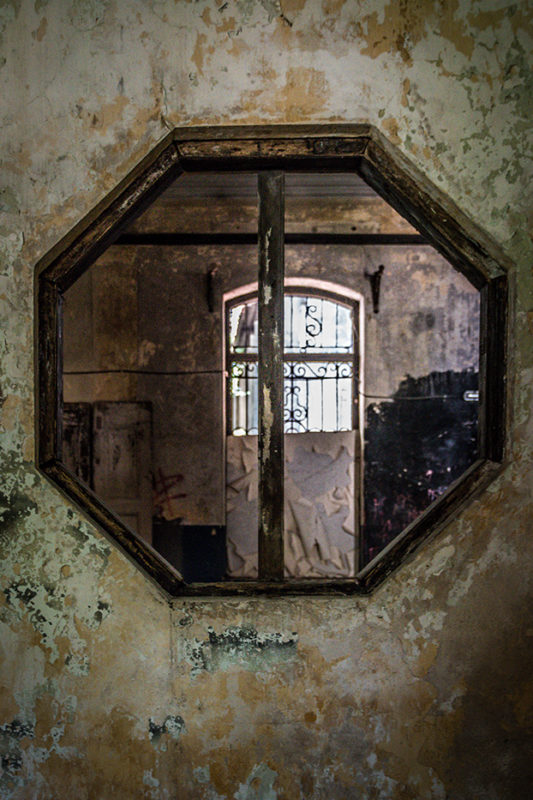
Nam Koo Terrace was kind of the holy grail for adventurers – one of Hong Kong’s most famously haunted buildings.
The red brick mansion stood still on Ship Street in Wan Chai area, one of the most lively and vibrant district in Hong Kong. Years passed and the Nam Koo Terrace still sticked to its original architecture style —— a mixup with both Chinese and European styles.
Despite its delicate and ornate designing, it was alive in all anecdotes when locals would like to mention the abandoned relics. Since 1940s, the building has been in the status of “anarchy”, with barely any operation or management. In between the “anarchy”, Nam Koo Terrace became the popular visiting sites for some who favored thrilling adventures. Curious teenagers and brave citizens made their “sightseeing” to the mansion.
According to the local tabloid Oriental Daily, one strange thing did happen after a group of students broke into Nam Koo Terrace. Three of the eight went out of control and started attacked passerby and the police when they showed abnormal behaviors. They were said to lost their own consciousness after one of the three saw a ghost haunting in the building and grouped to follow the “thing”. Screaming and shouting never stopped during their chase, and they were finally turned into another personality, conducting violent actions to the rest five friends and people who wanted to help. After the arduous battle between them and the police force, the three girls were eventually sent to hospital for treatment.
In years, the property conglomerate Hopewell Holdings tried to stop trespassers sneaking into the place but basically failed. The house gained its name and attracted even more secret explorations.
History & Evolution of Nam Koo Terrace
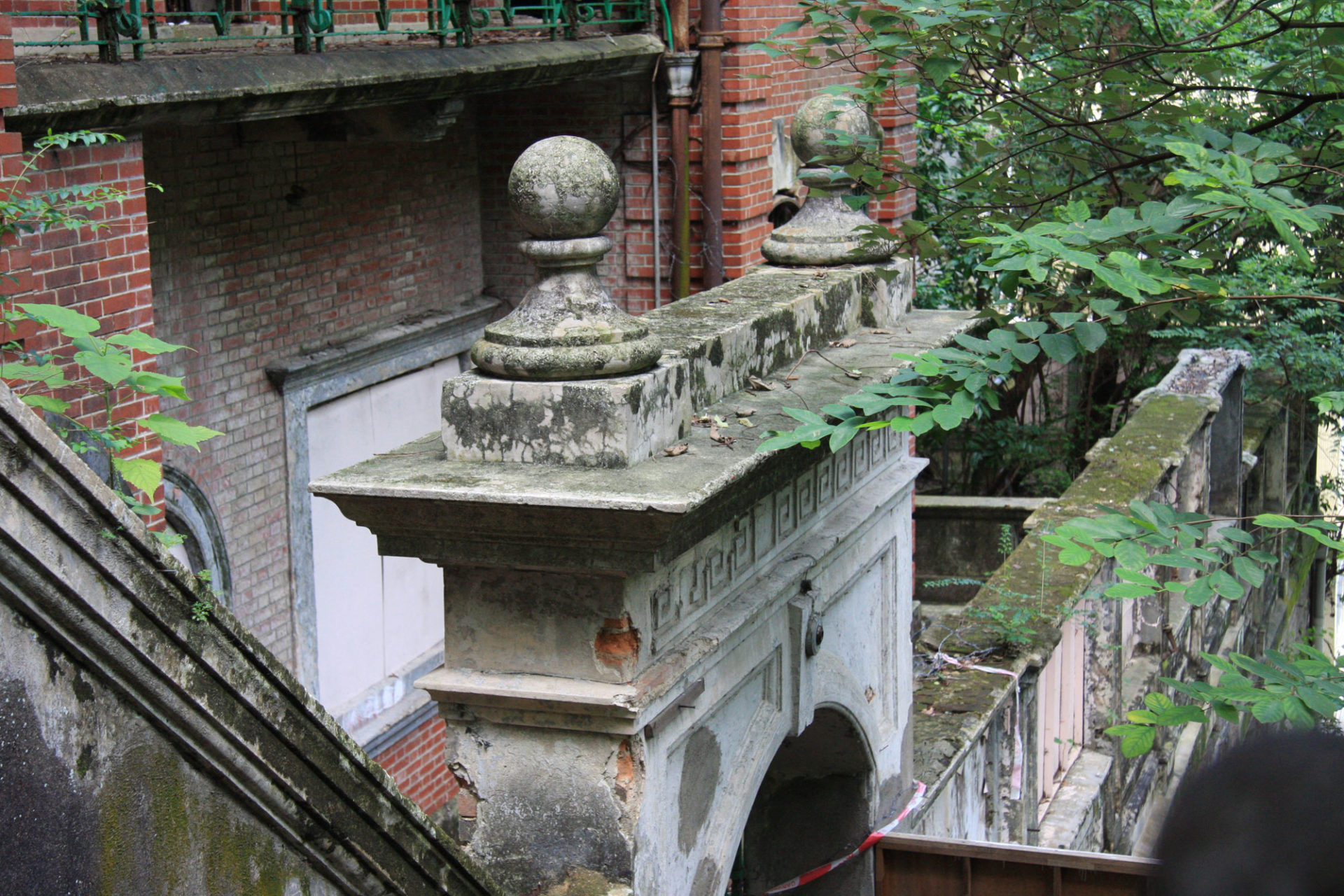
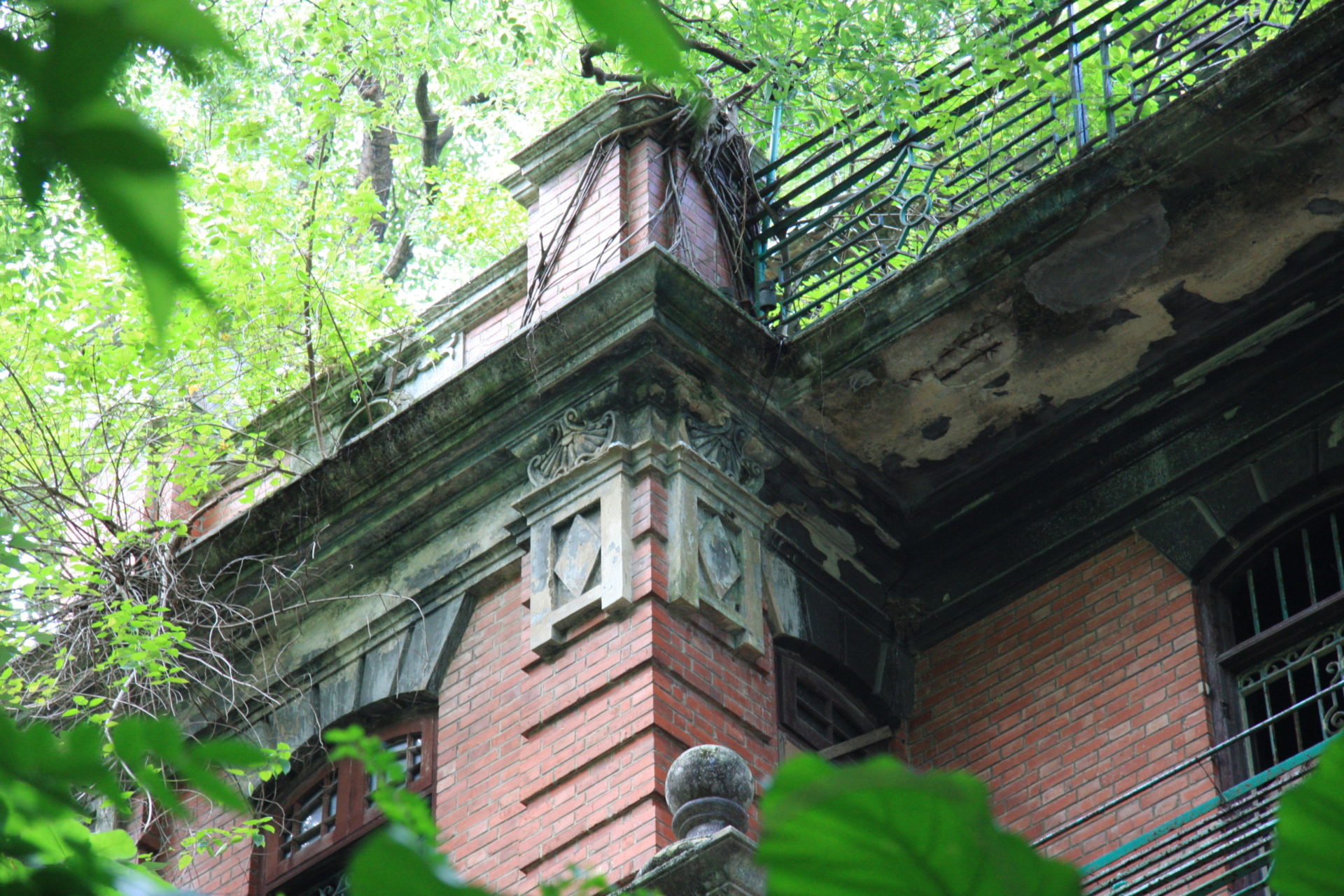
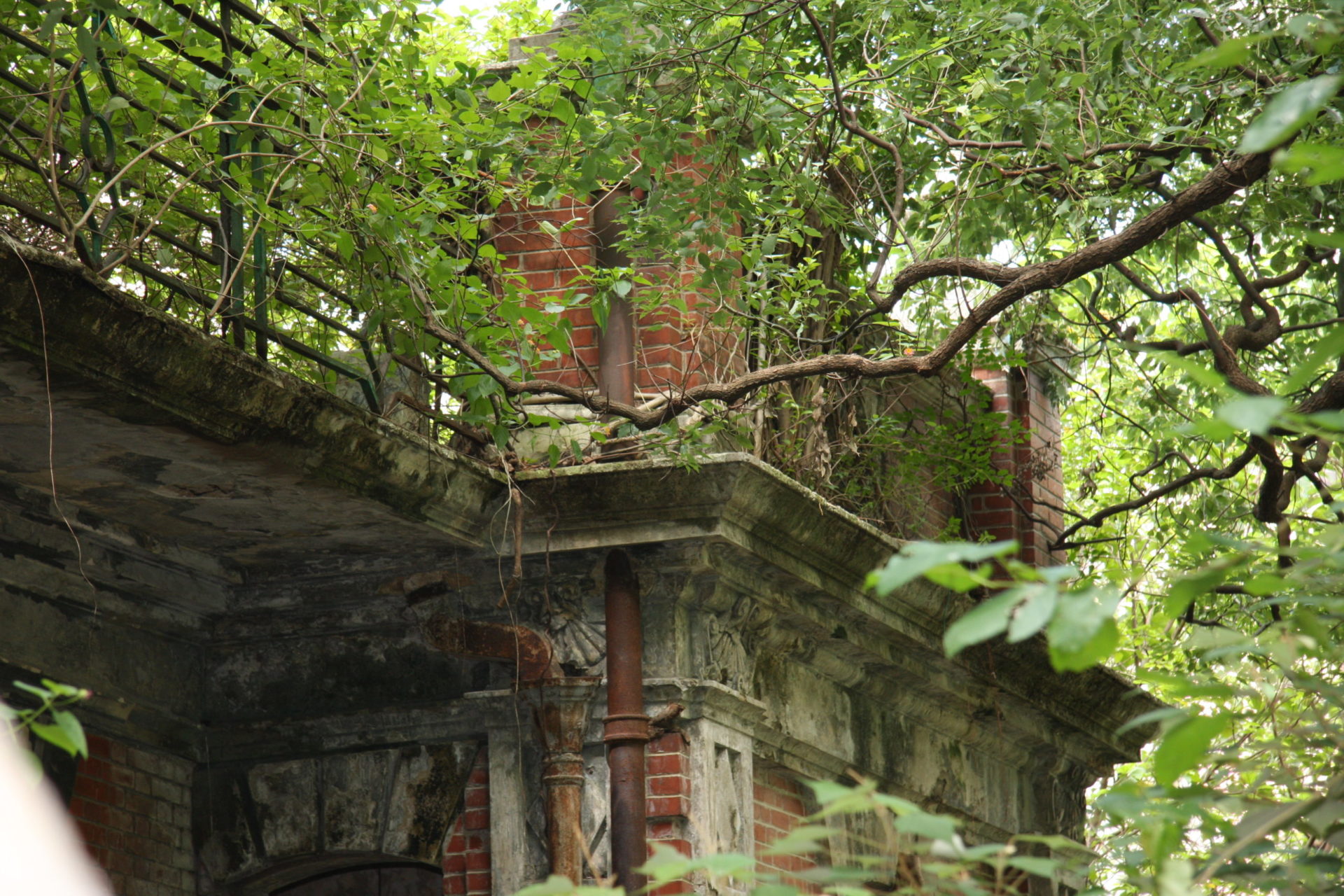
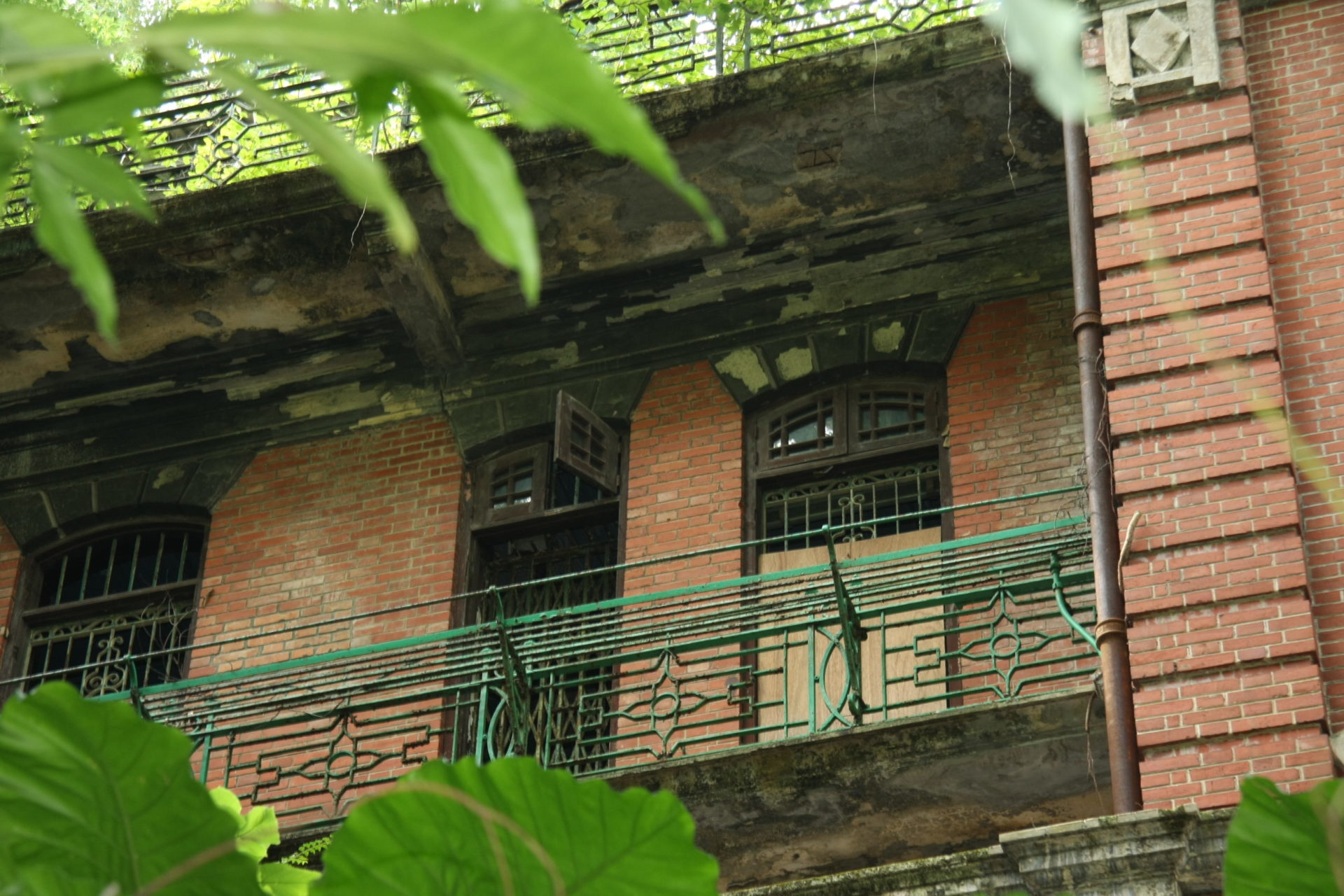
The Grade I Historic Building was built in 1918 and owned by a prominent merchant To Chun-man, who was based in Hong Kong for business operation. At the very beginning, he smelled the opportunity in Wan Chai area, the Chinese nationals’ common gathering place. To covered most of Wan Chai’s land with 2,200 HKD and then leased the land lot where the building now stands.
Under the backdrop of Japanese intrusion into Hong Kong, the To family was forced to evacuate the mansion. It was said Nam Koo Terrace was taken as a military brothel or “comfort house” for the Japanese soldiers in the wartime. Neighboring properties like St. Luke’s College within the Wan Chai area too could not avoid being included.
Nam Koo Terrace then remained under the ownership of the To family until 1993, when Hopewell Holdings took over. The company initially proposed to make the merging and acquisition, so as to make way for their new project, the Mega Tower hotel (Hopewell Centre II). Though due to various reasons, the plan saw no progress then. For now Nam Koo Terrace has still been under the control of Hopewell. The reconstruction has suspended for nearly two decades.
Future Plan Is Underway
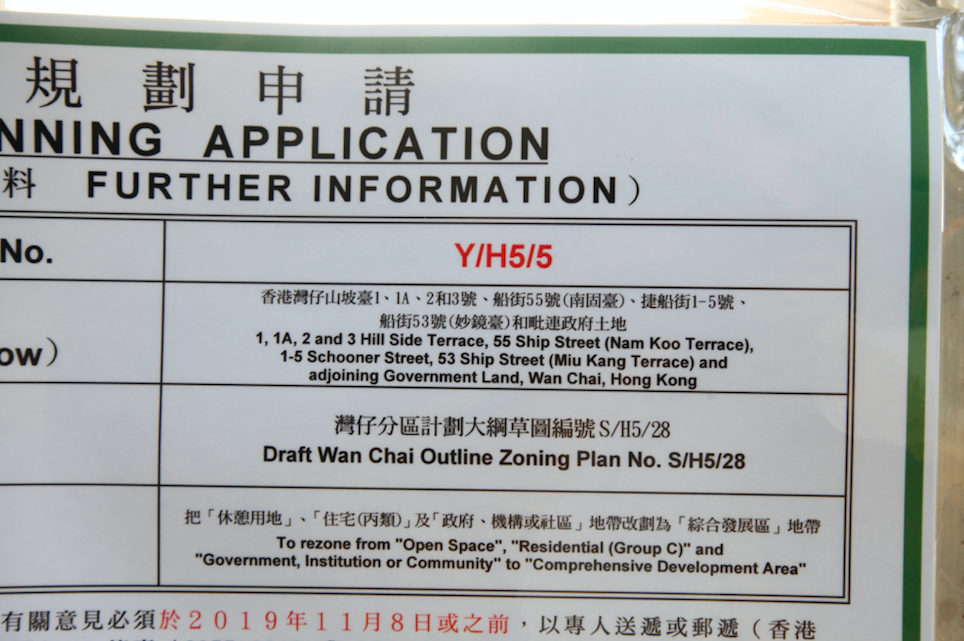
Hong Kong is somewhat a wasteful society, prone to start new with old things totally abandoned. Nam Koo Terrace was in this case stood vacant for decades.
Fortunately NKT made it to see its silver lining. As we made our trip, we were confined to access even its periphery area. We talked to construction workers and got to know planning was underway though concrete details were not so clear till now. When we tried to look for some clues, we were attracted to the official information board nearby set up by the government. It showed the government was soliciting opinions and ideas in terms of its plan to reconstruct the terrace and its neighboring buildings. The Miu Kang Terrace and some adjoining Government Land were included for the Wan Chai Zoning Plan No.S/H5/28 for the comprehensive renovation.
Also when we stopped some passer-by, we got information that the terrace might be adapted into a place for wedding registry, which was weird considered its history of a comfort house. Though most of the interviewees were still willing to see some changes at the long abandoned site.
Nga Choi Hang Tsuen
History of Nga Choi Hang Tsuen

Nga Choi Hang Tsuen is located between Tin Hau Station and Fortress Hill station on the Hong Kong Island line. The specific location is on the hillside opposite Lai Tak Tsuen next to the Haw Par Mansion.
From 1940 to 1950, a large number of refugees from the mainland poured into Hong Kong, and the village began to take shape.
According to historical records, the houses here are all wooden before demolition. The peak number of residents can reach more than 1,000. Before the demolition, on October 10 every year, the flags of the Kuomintang will be erected here.
What Is Unique Here?
PAST

Walls built by glass bottles were the view of the village. The modern-art-like architecture actually comes from the life wisdom of the villagers. Because using glass bottles to build walls can save a lot of cement. This is an economical and practical way.

In the past, it was inconvenient for people to get water, so they had to carry water themselves. The government had built water conservancy facilities on the hillside, which can not only store water, but also prevent water from seeping into the ground.

We cannot see that “modern art” anymore. Only bottle fragments are left behind.

The canal they can’t take away is just the trace of their life.
NOW
What It Looks Like Now?
In the 1980s, the government made improvement plans, and it was not until the 1990s that all houses were demolished.
All we can see are the demolished walls, the daily necessities left by the former residents, and the traces of the water intake project.
Now the stone steps are covered with branches and fallen leaves, and it will become a forest in a short time.
-END-
Credits



